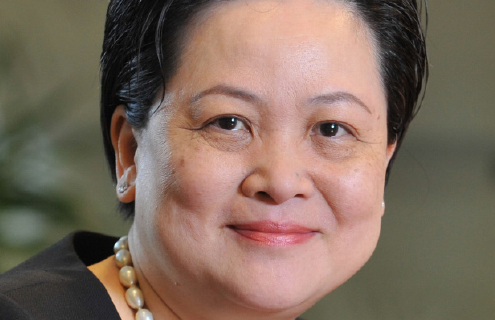Euro CCP
Blockchain seems to be a lot of work for something that doesn’t desperately need improvement, according to Diana Chan of Euro CCP
What place does blockchain have in clearing and settlement?
The key question is whether blockchain will replace central securities depositories (CSDs). CSDs were created in order to immobilise or dematerialise securities, so that ownership could change through book entry on a CSD’s computer system. In 1989, a report was published by the Group of Thirty advocating the creation of CSDs, and in the decade that followed just about every market had completed the shift from exchanging paper certificates to electronic settlement at CSDs.
In many countries, legislation was passed to recognise the legal status of electronic records in CSDs, so the regulatory framework is sound, assets are safe, and investors’ rights are protected even though there may be a chain of intermediaries acting on their behalf. All of that involves settlement within the records held at CSDs and has served the market well for several decades now. There have not been securities gone missing, and if there is a surge in volumes there is no massive problem that causes settlement to grind to a halt. Each customer has an account and receives statements that can prove their transactions, and everything that happens within the books of the CSD is traceable. With blockchain, we have to ask what value it brings to this process. What do we not have now that blockchain can deliver? And what is not working now that blockchain can improve? Because, crucially, any change means investment and the benefits should outweigh the costs.
Is there anywhere that the technology could be beneficial?
We should be looking at where the market doesn’t work as efficiently as it could and where blockchain could make a real difference. For example, over-the-counter (OTC) derivatives contracts can be created at any time, are non-standardised and are not immobilised at CSDs. Blockchain technology could conceivably facilitate lifetime servicing and transfer of ownership of these contracts. With securities, particularly in listed and publicly traded equities, companies’ shares are already in existence and sitting in a CSD—and these vastly outnumber new companies coming to market. If a new technology is introduced, it could be difficult to get the whole market to convert. Questions that must be asked include: would we have two types of shares for one company for a while—one in blockchain format and one in traditional format? How would shareholders convert from one type to another when they buy and sell? What if some market participants don’t want to make that investment? Should they be forced to? It seems to be a lot of work for something that doesn’t desperately need improvement.
Are the banks willing to put up the investment?
A number of banks are coming together to form working groups and consortiums to work on potential applications and industry standards with regards to blockchain, which is a good thing. The industry could struggle to come to a consensus on industry standards, but there are some very bright minds working on blockchain now. I am optimistic that something good will come out of these discussions, which could make the market safer and more efficient.
Eliminating the need for reconciliations between intermediaries has been put forth as a potential area of major savings. However, every intermediary adds its specific value in the service chain—the data one firm receives as input is processed and enriched before an output is sent to the next service provider in the chain. Each intermediary is not necessarily dealing with the same information and, besides, each intermediary’s process also updates its own internal books and records. Reconciliation usually means making sure that external and internal records agree. Therefore, it is difficult to see how reconciliations can be completely removed by blockchain.
Could technology improve the accuracy of that data?
Absolutely, but if each intermediary transforms the data in some way then, although it’s accurate, the data is no longer the same. Ultimately, the root of the title is in the CSD, because this is where all the securities are held. If blockchain is nothing more than a big database in which multiple intermediaries have permission to view a record, and where one bank can give different clients different permissions to see the data in their own accounts, then, actually, that technology already exists today. It’s simply about giving different levels of access authority.
But actually, every intermediary has to process data for its clients, adding valuable information, and that will always need to be done.



